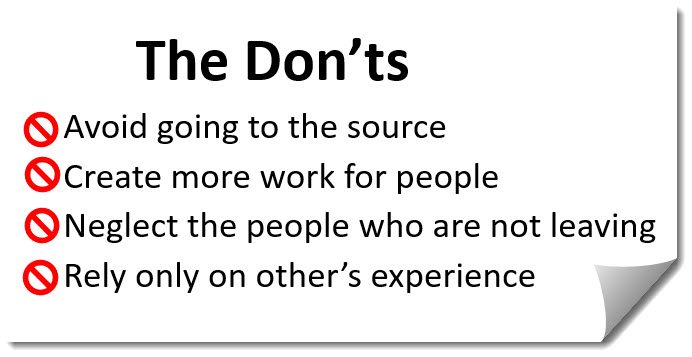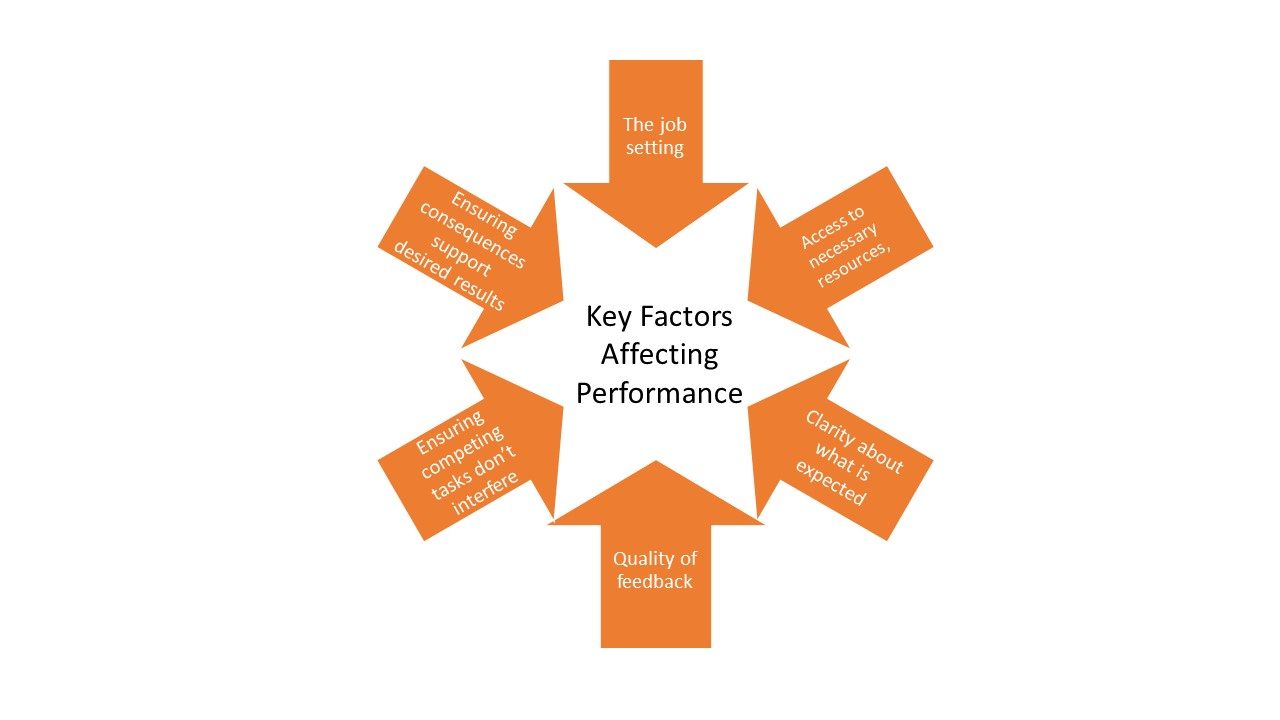Gun violence, Student safety, CRT…oh my! Issues that bring out resistance, reactions, strong emotions, frustration can make for difficult decisions and daunting conversations. Using a well-thought-out approach can help you lead/facilitate those conversations resulting in collaborative solutions.
In The Wisdom of Crowds, James Surowiecki explores the intriguing and well‐substantiated idea that the collective judgment of many people is almost always better than the opinions of just a few even the experts. People have their own perceptions, interpretations, values, and experiences which can help us get a more well-rounded understanding of the problem at hand. Collaboration improves quality, increases commitment, and sends powerful messages about value for others (Creating and Sustaining Decision-Making Excellence). When anticipating difficult conversations, plan your approach with these 3 steps in mind:
- Listen and learn. “Listening is more than being quiet while the other person speaks until you can say what you have to say.” (Krista Tippett on Listening) “The need to be heard is one of the most powerful motive forces in human nature…” (Why Listening is So Important). Listening gives you the opportunity to learn perspectives, goals, content, intentions, and plans. Acknowledging other perspectives without judgement gives rise to respect and appreciation. That respect and appreciation go a long way in helping improve staff and community relationships essential to successful implementation of action plans.
- Gain clarity. Asking the right questions, for example, from the Situation Appraisal Process, can help you develop a comprehensive, shared understanding of the issues at hand. Probing questions like: What seems to be important? What threats and opportunities do we face? What do you mean by? What else is of concern to you? What is the seriousness? What is the urgency? What is the potential growth? can help you delve deeper into understanding the issue or problem at hand.
- Stay focused and centered. When you have a clear road map or process to follow up front, you can steer the conversation back to the main objectives to avoid getting stuck or lose focus to those who are trying to drive the conversation elsewhere. Keeping the conversation focused on the issues at hand helps you continue to move forward efficiently, removing high emotions from the table.
The benefits of different perspectives and experiences can bring greater understanding of the issues at hand and more successful actions taken. The risks inherent in divisive topic discussions – wasted time, outburst of emotion, and conflict- can be avoided by being prepared for difficult discussions with a pre-determined process.

 Anyone familiar with theater recognizes the concept of the understudy – the person who learns another’s role to be able to step in on short notice and play the part. Preparing for sudden departures, turnovers, and the
Anyone familiar with theater recognizes the concept of the understudy – the person who learns another’s role to be able to step in on short notice and play the part. Preparing for sudden departures, turnovers, and the  Have you decided where your ESSER money investments will be most beneficial? If so, how do you ensure these decisions actually reach your goals? How can you prevent outside factors from “raining on your parade”? The success of a decision depends on the success of its implementation and the active management of the risks. An ideal decision poorly executed will ultimately look like a poor decision.
Have you decided where your ESSER money investments will be most beneficial? If so, how do you ensure these decisions actually reach your goals? How can you prevent outside factors from “raining on your parade”? The success of a decision depends on the success of its implementation and the active management of the risks. An ideal decision poorly executed will ultimately look like a poor decision. Superintendent turnover, teacher turnover, principal turnover – are no doubt happening – AND there are not many replacements flowing in the pipeline. Culture is at the top of the list of why people stay or leave their jobs. In a recent
Superintendent turnover, teacher turnover, principal turnover – are no doubt happening – AND there are not many replacements flowing in the pipeline. Culture is at the top of the list of why people stay or leave their jobs. In a recent  With the supply chain delays, labor shortages, escalating costs, and the deadline for ESSER spending looming, school superintendents are facing unique budget challenges. Recent ESSER funding programs have changed the scope and complexity of budget decision making – and increased the visibility and volatility.
With the supply chain delays, labor shortages, escalating costs, and the deadline for ESSER spending looming, school superintendents are facing unique budget challenges. Recent ESSER funding programs have changed the scope and complexity of budget decision making – and increased the visibility and volatility.

 We don’t need TikTok’s “Quit-Tok” videos to know that the Great Resignation is upon us. You don’t have to look further than your office, classroom, or boardroom to know people are exhausted and frustrated. A
We don’t need TikTok’s “Quit-Tok” videos to know that the Great Resignation is upon us. You don’t have to look further than your office, classroom, or boardroom to know people are exhausted and frustrated. A  Times of uncertainty and volatility rock the boat – they often change what and how things need to be done. This places unfamiliar pressures on people and elevates stress. Ed Week’s “
Times of uncertainty and volatility rock the boat – they often change what and how things need to be done. This places unfamiliar pressures on people and elevates stress. Ed Week’s “